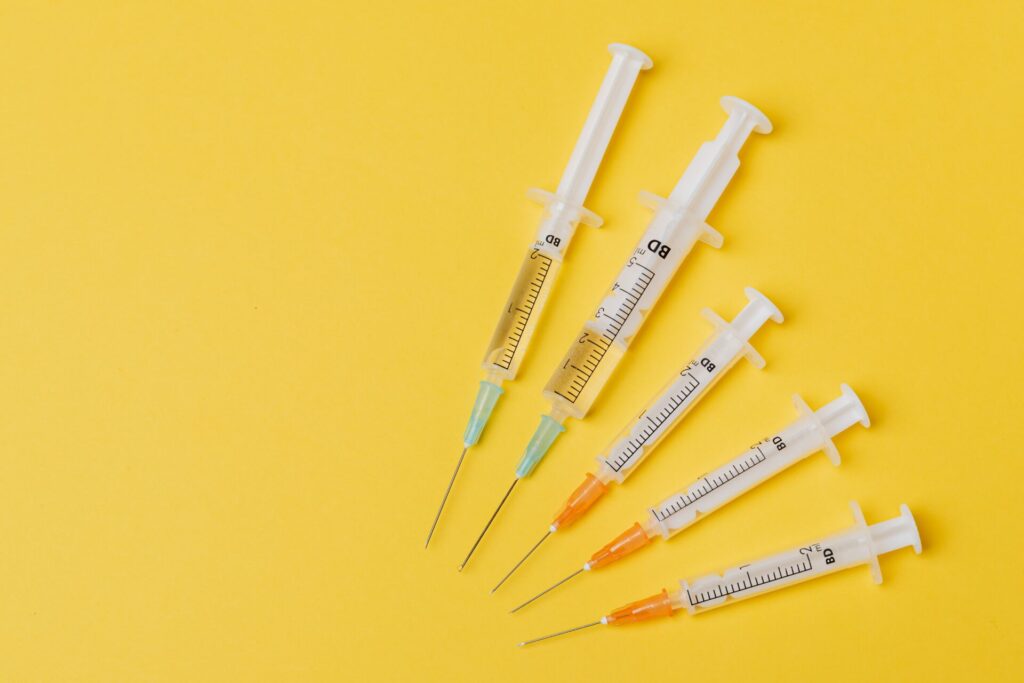How Physical Therapy Helps After Botox Injections
Do you find yourself considering a non-surgical solution to help improve the appearance of facial wrinkles and lines? Botox injections are widely considered to be one of the most popular non-invasive treatments available for reducing signs of aging, but do you know how physical therapy (PT) can help after having these injections? PT helps reduce the tightness around your face that is often associated with Botox injections and it also helps restore normal function. Whether you already have had Botox or are just starting to learn more about it, this blog post will explore both the risks and benefits of combining physical therapy with your treatment plan. Read on to discover why adding on a course of physical therapy when utilizing injectables – including Botox – may provide even better results than either treatment alone.
Why Physical Therapy is Necessary After Botox Injections
Botox injections have become increasingly popular for cosmetic purposes, helping to reduce fine lines and wrinkles on the face. While the results can be impressive, it’s important to understand that the procedure involves injecting a substance into the muscles. This can cause some temporary weakness or even paralysis in the muscles, which can affect physical function. This is where physical therapy comes in. A skilled therapist can work with you to help restore strength and flexibility in the affected muscles, improving your range of motion and helping to prevent long-term issues. So, if you’re considering Botox injections, be sure to factor in the benefits of physical therapy as a necessary follow-up.
What are the Benefits of Physical Therapy for Botox Patients
Physical therapy can be extremely beneficial for patients who have received Botox treatments. Botox injections are commonly used to reduce wrinkles and fine lines, but they can also cause muscle weakness in the treated areas. Physical therapy can help patients regain strength and improve their range of motion. It can also help to prevent compensatory movements that can lead to further injury or discomfort. Additionally, physical therapy can assist in alleviating pain and inflammation that may result from the injection process. All of these benefits can ultimately improve a patient’s overall physical function and quality of life.
Tips to Get the Most Out of Your Physical Therapy Session
Physical therapy can be a valuable tool for those looking to improve their mobility and overall health. However, simply attending a session may not be enough to achieve the desired results. If you want to get the most out of your physical therapy session, there are several tips that can help. One helpful tip is to come prepared with questions or concerns that you want to address with your therapist. Additionally, it can be beneficial to arrive early to warm up your muscles and mentally prepare for the session ahead. Active participation during the session and following up with recommended exercises at home can also greatly enhance the effectiveness of physical therapy. By implementing these tips, you can maximize the benefits of your physical therapy sessions and work towards achieving your health and wellness goals.
Risks and Side Effects of Post-Botox Physical Therapy
While Botox is a commonly used treatment to reduce the signs of aging, there are still risks and side effects associated with post-botox physical therapy. Patients have reported experiencing headaches, bruising, and difficulty with facial expressions after undergoing this treatment. It is crucial to ensure that you have a qualified and experienced medical professional administering botox and post-treatment therapy to minimize any possible complications. Additionally, it is important to have an open and honest discussion with your healthcare provider about any concerns you may have about the procedure. With proper understanding and care, patients can enjoy the benefits of Botox without worrying about any negative consequences.
How to Prepare For Post-Botox Physical Therapy Sessions
If you’re about to undergo post-Botox physical therapy sessions, it’s important to prepare yourself both mentally and physically for what’s ahead. You might be feeling a little apprehensive about the process, but rest assured that with the right preparation, you’ll be able to breeze through your therapy sessions with minimal discomfort. Start by doing some gentle stretches and exercises to get your muscles loosened up and ready for their workout. Plan your transportation to and from each session in advance, and make sure you have anything you might need (like comfortable clothing or water) packed and ready to go. Most importantly, be patient with yourself and trust in the process – with time and dedication, you’ll be feeling better and stronger than ever before.
Conclusion
Physical therapy after Botox injections can help reduce the risks of side effects and promote the best possible results. It is important to go through a careful process of selecting the right physical therapist who specializes in this type of treatment, as well as taking some proactive steps to prepare for sessions. Making small changes, such as eating healthy foods before each visit, regulating your sleep cycle, and properly stretching and exercising can make a major difference. Additionally, remaining aware of the risks associated with post-Botox physical therapies is essential to avoid certain complications or irritation. Ultimately, you deserve not only an excellent outcome from your Botox injection procedure but also greater comfort during and after treatment – physical therapy can be the perfect way for activities to achieve these goals!

